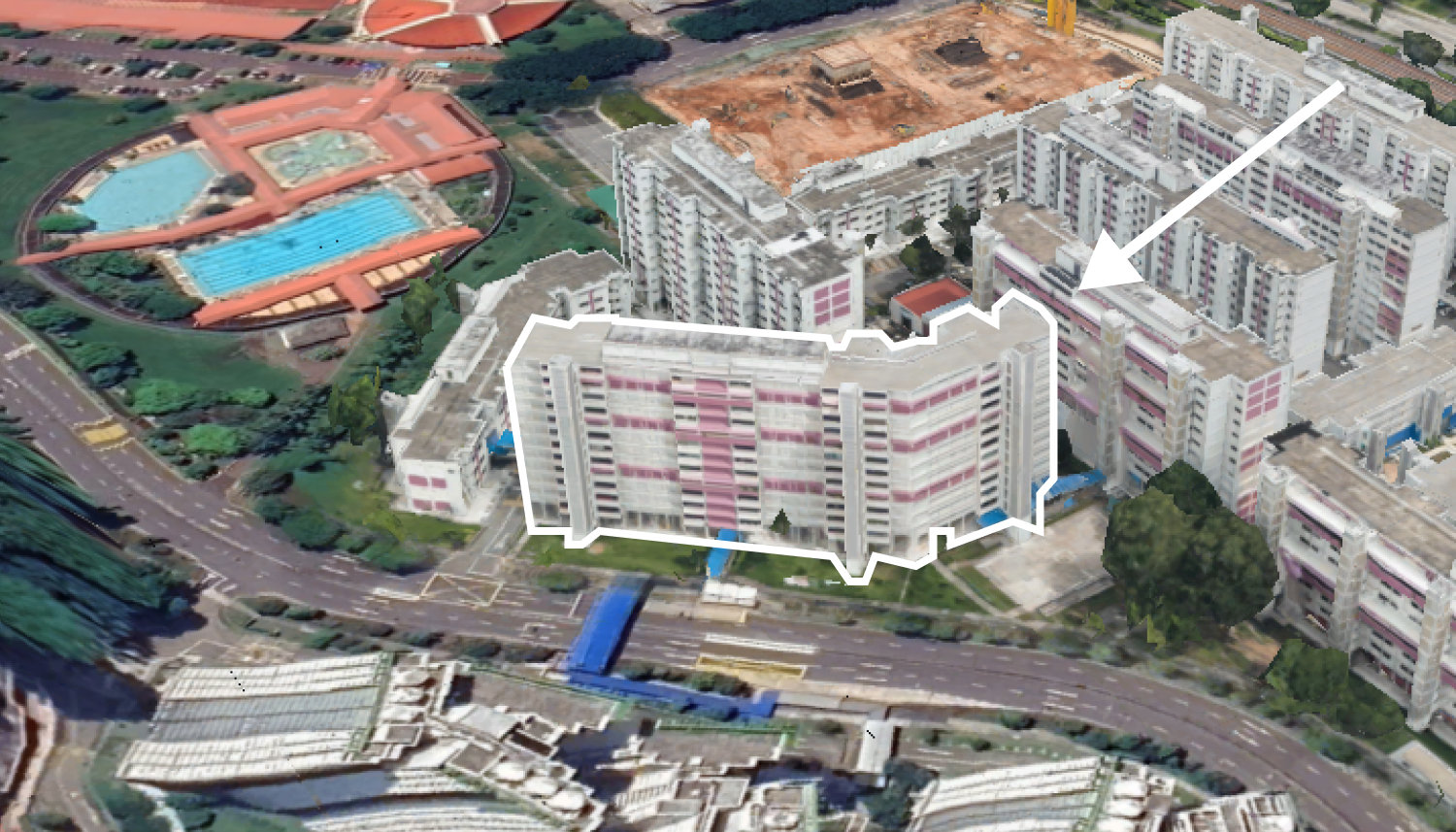5 Ways the Finishing of Your Property is More Important Than You May Think
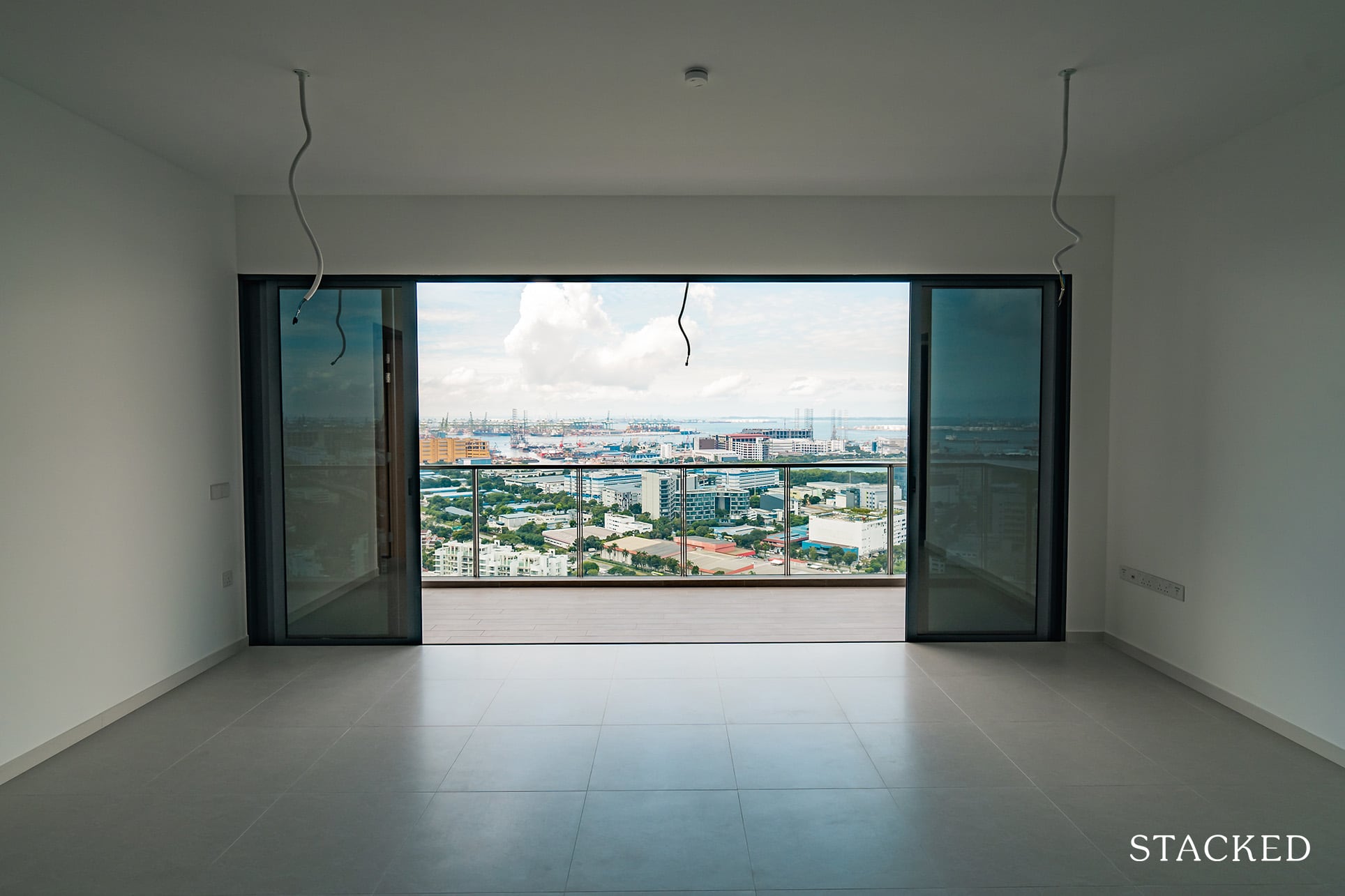
Get The Property Insights Serious Buyers Read First: Join 50,000+ readers who rely on our weekly breakdowns of Singapore’s property market.
A seasoned content strategist with over 17 years in the real estate and financial journalism sectors, Ryan has built a reputation for transforming complex industry jargon into accessible knowledge. With a track record of writing and editing for leading financial platforms and publications, Ryan's expertise has been recognised across various media outlets. His role as a former content editor for 99.co and a co-host for CNA 938's Open House programme underscores his commitment to providing valuable insights into the property market.
Homebuyers tend to be a pragmatic bunch. Sometimes, this leads to a certain dismissive attitude towards the more “froo-froo” aspects of a property, such as the finishing. For every buyer who cares about the tiling, countertops, light fixtures, etc., there’s another who prefers that developers stick to the basics. Laminate flooring and cheaper carpentry are the way to go for them, because in their minds: “I’m tearing this all down for my own renovations anyway.” Or they’re landlords, who can’t quantify how much more a tenant will pay for marble versus granite. But there are some often-overlooked reasons why the finishes matter so much:
1. You may need to renovate sooner than expected
There’s a saying in interior design that if you buy cheap, you often end up buying twice. Case in point: cheap laminates used for flooring tend to warp very quickly, in a tropical climate like Singapore. Many homeowners have also encountered laminates used for cheap cabinetry or countertops, which peel away after the glue gives out. Cheap plastic faucets can look good for a while, but the exterior coating wears away and looks tattered in just a few months. Cheap floor tiles may look good for a while, but start to pop up or crack; sometimes within the first five years.
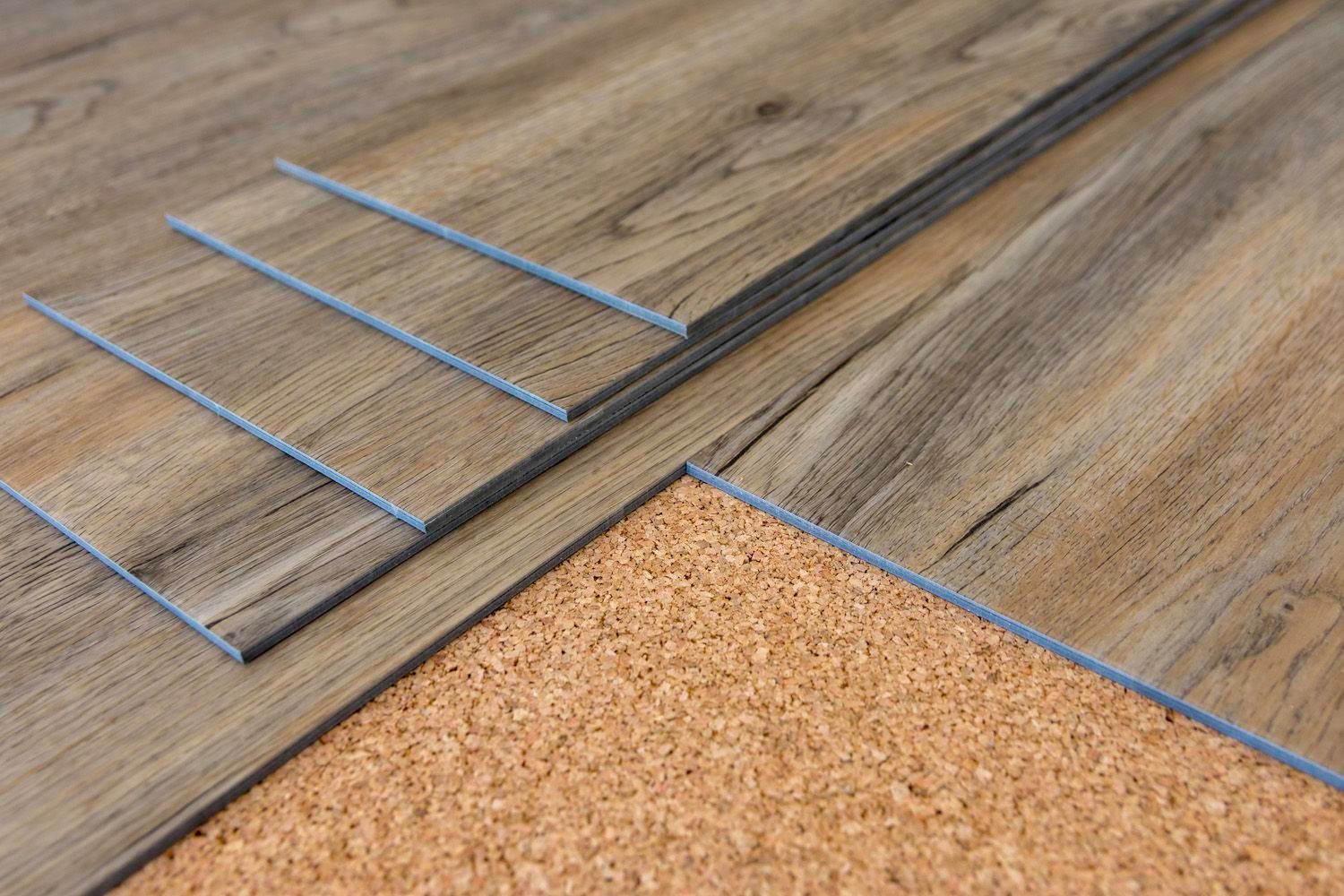
One of the advantages of a new launch is supposed to be the “ready-to-move-in” condition. Many buyers choose to buy new homes, precisely because the reno costs of an older resale unit are higher. But if you buy a new unit with cheap finishing, you could end up with the drawback of a higher price plus a need for costly renovations in just a year or three.
2. It’s not true that tenants don’t care
Some landlords argue that there’s no quantifiable relationship between rental yields and higher-quality finishes. They theorise that a tenant is unlikely to pay more simply because the light fixtures are nicer or the bathroom fittings are fancier.
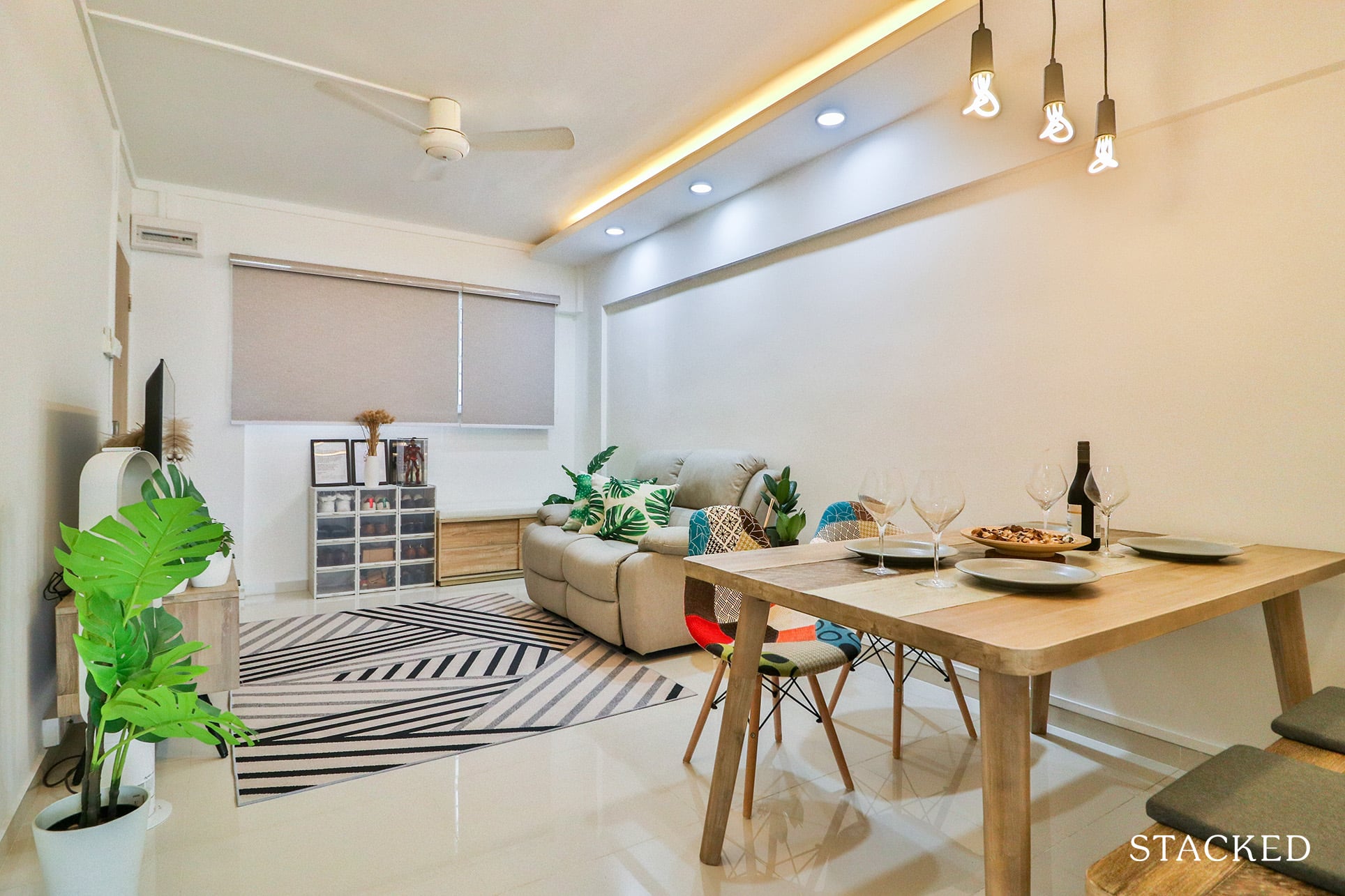
We agree to some extent. We can’t prove that rental income will change by a specific amount based on a golden tap. However, while the effect on rental yield may not be immediately apparent, the effect on rentability often is.
(Rental yield is the cost of the property versus the rental income it generates. Rentability refers to how easy it is to find a tenant, as well as to convince them to stay. Rentability matters because a vacancy is worse than a slightly lower yield.)
If the first thing a tenant sees is patchy paint, peeling laminates, a cheap and scuffed floor, etc., there may be no further discussion. It is generally easier to convince someone to pay a bit more for a nicer-looking unit, than to convince someone to stay in a unit they consider unsightly. In addition, the quality of the finishes often acts as a “tie-breaker.” If your unit compares closely to another option in price and location, the quality of the finishes may be what draws the tenant in the end.
3. The hurt may be more than just emotional
Broken glass in the shower is the best-known example of this in Singapore, but we’ve encountered many other hazards from cheap finishings. Another involves metal surfaces from towel holders, grab bars, windows, etc. that tarnish or rust. Grab them in the wrong spot, and the rusted surface can slice right into your hand.
We’ve also heard of particle board or plywood splintering around the corners and stabbing some unlucky person who rubs past a cabinet/countertop. Floor tiles are also a hazard, especially small ones that fragment and cut into your feet.
Singaporean home buyers tend to handwave safety issues, because we expect safe and high-quality built environments. But sometimes, our relaxed mentality can lead to a tetanus shot in a hospital.
4. It can breed vermin
Poorly sealed tiles, improperly sloped floors (where the water doesn’t flow into the trap properly), and inferior faucets/plumbing can cause water seepage. Where you have water seepage, you also tend to end up with cockroaches, mosquito breeding, and other vermin. If your unit is new, you’re more likely to be caught off-guard by this, as the assumption is that only older, poorly maintained units have these issues. But it only takes a few months after completion for a vermin problem to develop, thanks to our tropical climate.
Gaps and cracks from poorly installed fixtures (including ceiling lights), or doors with too wide a gap below, allow rodents and other pests easy access. Also, look out for poorly fitted skirting boards, tiles, or cabinetry that make good hidey holes for pests.
As much as we don’t want to denounce ground-floor units, this is a bigger risk for ground-floor units. The same goes for larger properties, where it’s harder to check every nook and cranny. So, you may want to be more picky about the finishes for such units.
5. Noise insulation is not something you’d notice in a show flat
Cheap partitions, thin doors, a poorly made false ceiling, etc., can all still look expensive and elegant. But the compromise lies in the acoustics of the unit, which you can’t assess in the show flat. This makes it quite difficult to spot at new launches, unless you’re familiar with the materials (ask an Interior Designer for an opinion!)
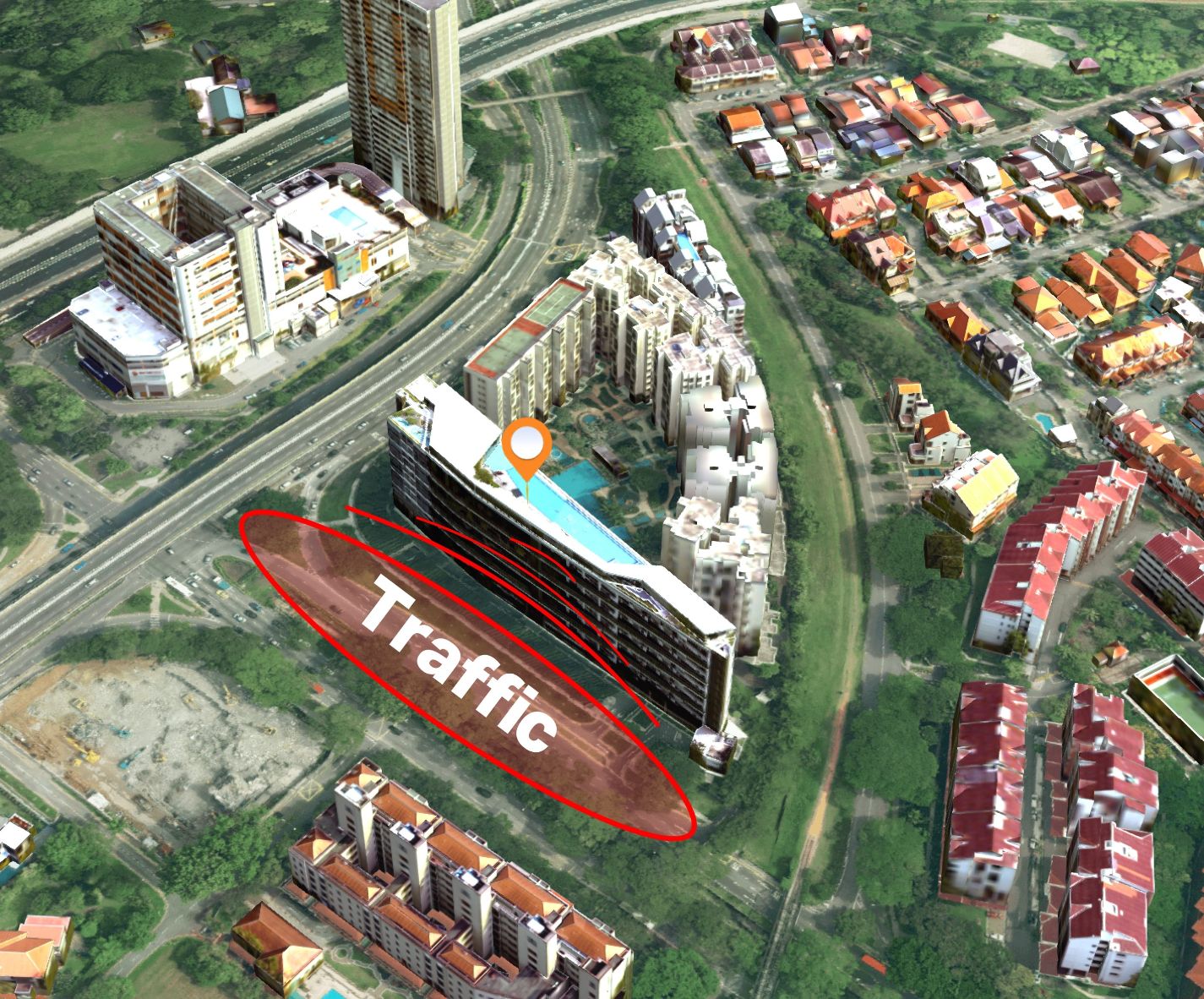
When you do step into the finished unit though, you might immediately hear the lack of solid-core doors, textured finishes, acoustic glass, etc. The road noise, for example, will be louder than expected, even if you’re a good distance off the ground; and you may find you can hear the neighbour’s piano practice and tuition lessons at almost full volume.
While it’s nothing a good contractor can’t fix, we doubt you’ll be happy to pay for those changes so soon after moving in.
And before you ask, no, you can’t claim that these as “defects” from the developer. They’re perfectly done, albeit with cheap materials that result in terrible acoustics.
For help in analysing your shortlisted properties, or for detailed reviews of new and resale properties alike, follow us on Stacked. If you’d like to get in touch for a more in-depth consultation, you can do so here.
Ryan J. Ong
A seasoned content strategist with over 17 years in the real estate and financial journalism sectors, Ryan has built a reputation for transforming complex industry jargon into accessible knowledge. With a track record of writing and editing for leading financial platforms and publications, Ryan's expertise has been recognised across various media outlets. His role as a former content editor for 99.co and a co-host for CNA 938's Open House programme underscores his commitment to providing valuable insights into the property market.Read next from Property Advice

Property Advice We Own A $800K 1-Bedder And A $1.1M 3-Bedder: Is It Possible To Upgrade To A 4-Bedder Condo?

Property Advice I Own A 55-Year-Old HDB Flat, But May Have To Sell — Can I Realistically Buy A Freehold Condo With $700K?

Property Advice We Own A 2-Bedder Condo In Clementi: Should We Decouple To Buy A Resale 3 Bedder Or Sell?

Property Advice Most New Condo Buyers in Singapore Forget to Check This Before Buying (Until It’s Too Late)
Latest Posts
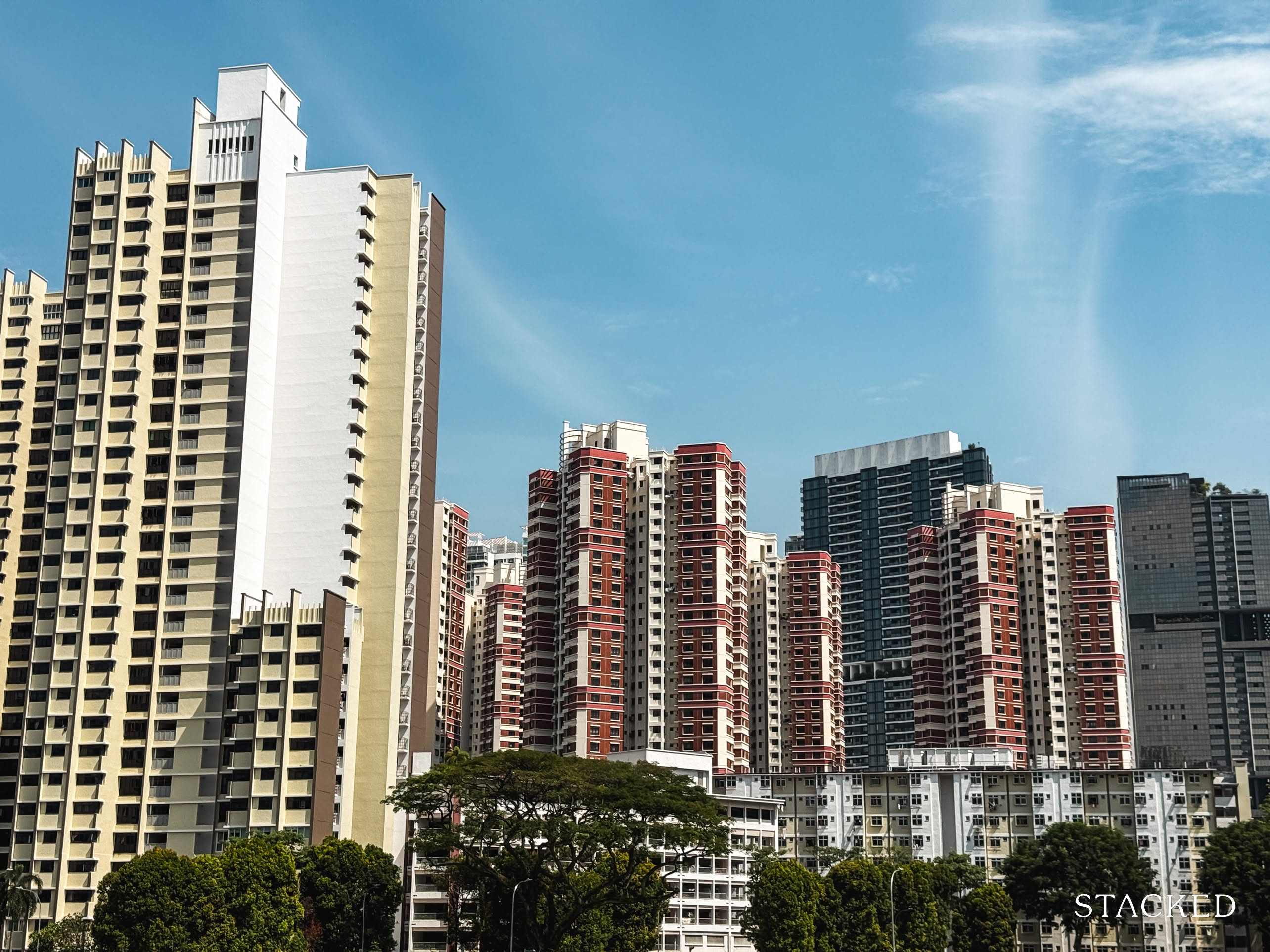
Property Market Commentary A Wave Of New HDB Resale Supply Is Coming In 2026: Here’s Where To Find Them
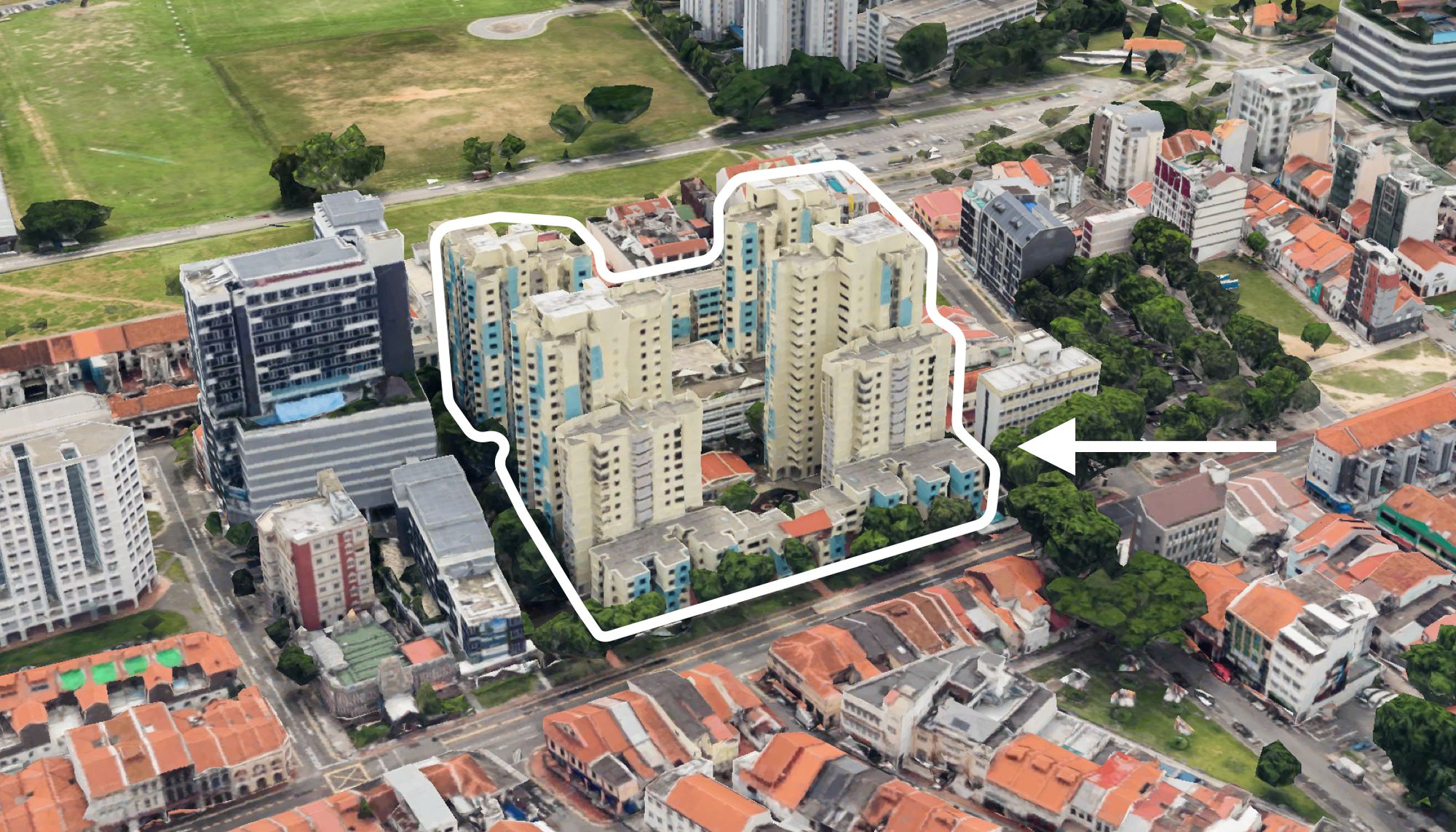
On The Market These Are Some Of The Cheapest 5-Room HDB Flats Left In Central Singapore
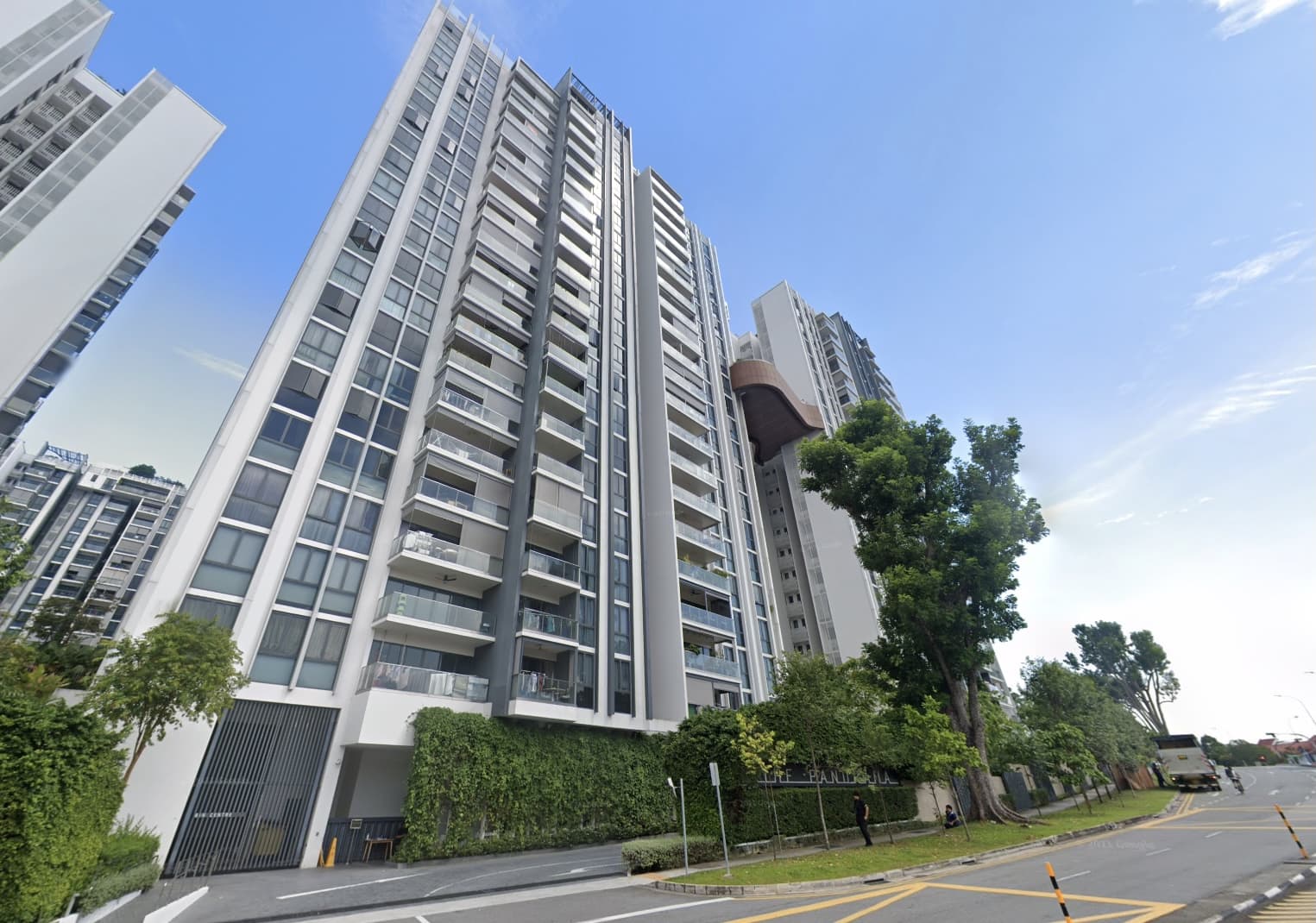
Pro This 698-Unit Ang Mo Kio Condo Launched At The Wrong Time — And Still Outperformed Peers

Singapore Property News $281.2M in Singapore Shophouse Deals in 2H2025 — But That Number Doesn’t Tell the Full Story
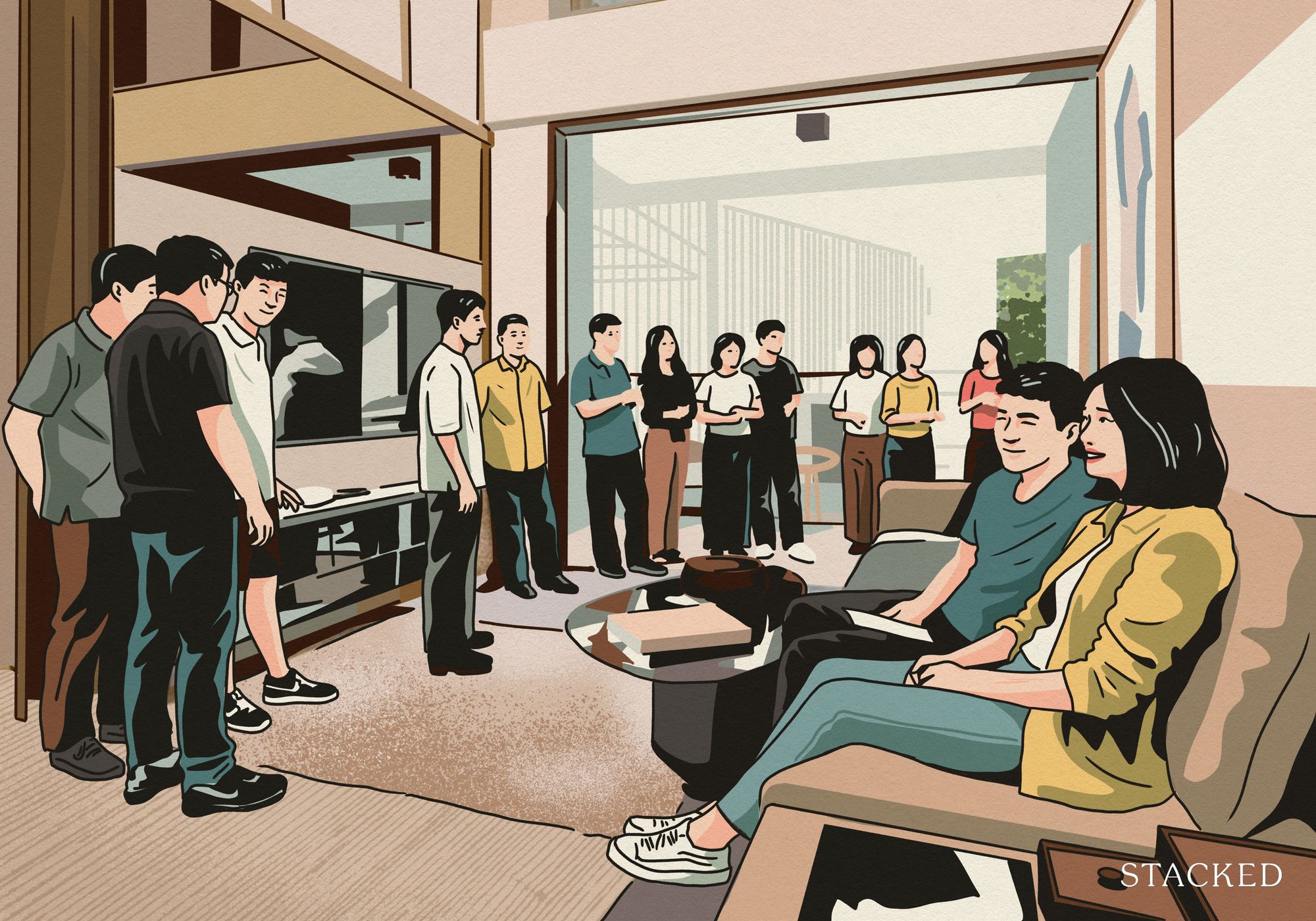
Property Market Commentary 5 Key Features Buyers Should Expect in 2026 New Launch Condos
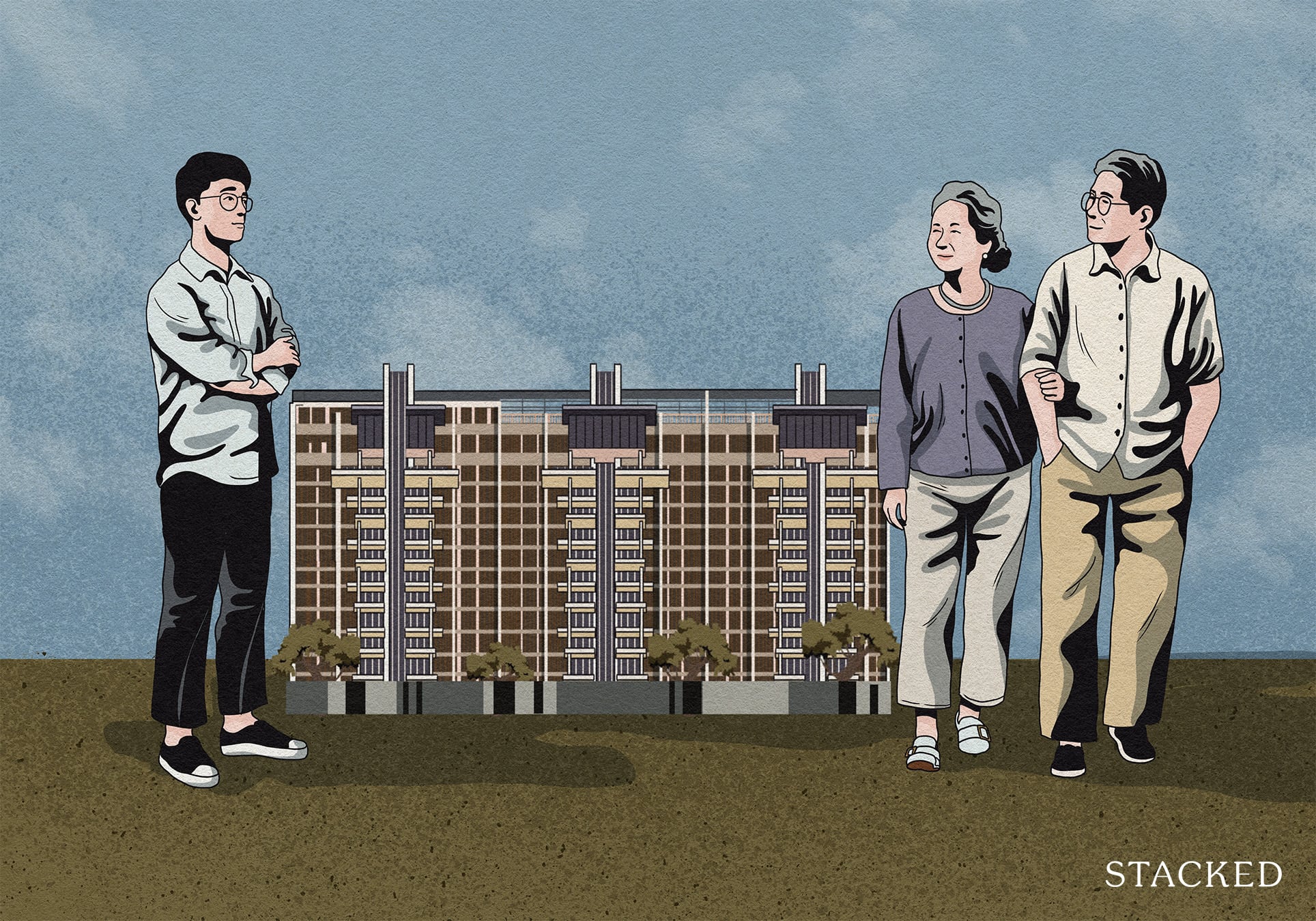
Editor's Pick What “Lucky” Singaporean Homebuyers Used To Get Away With — That You Can’t Today
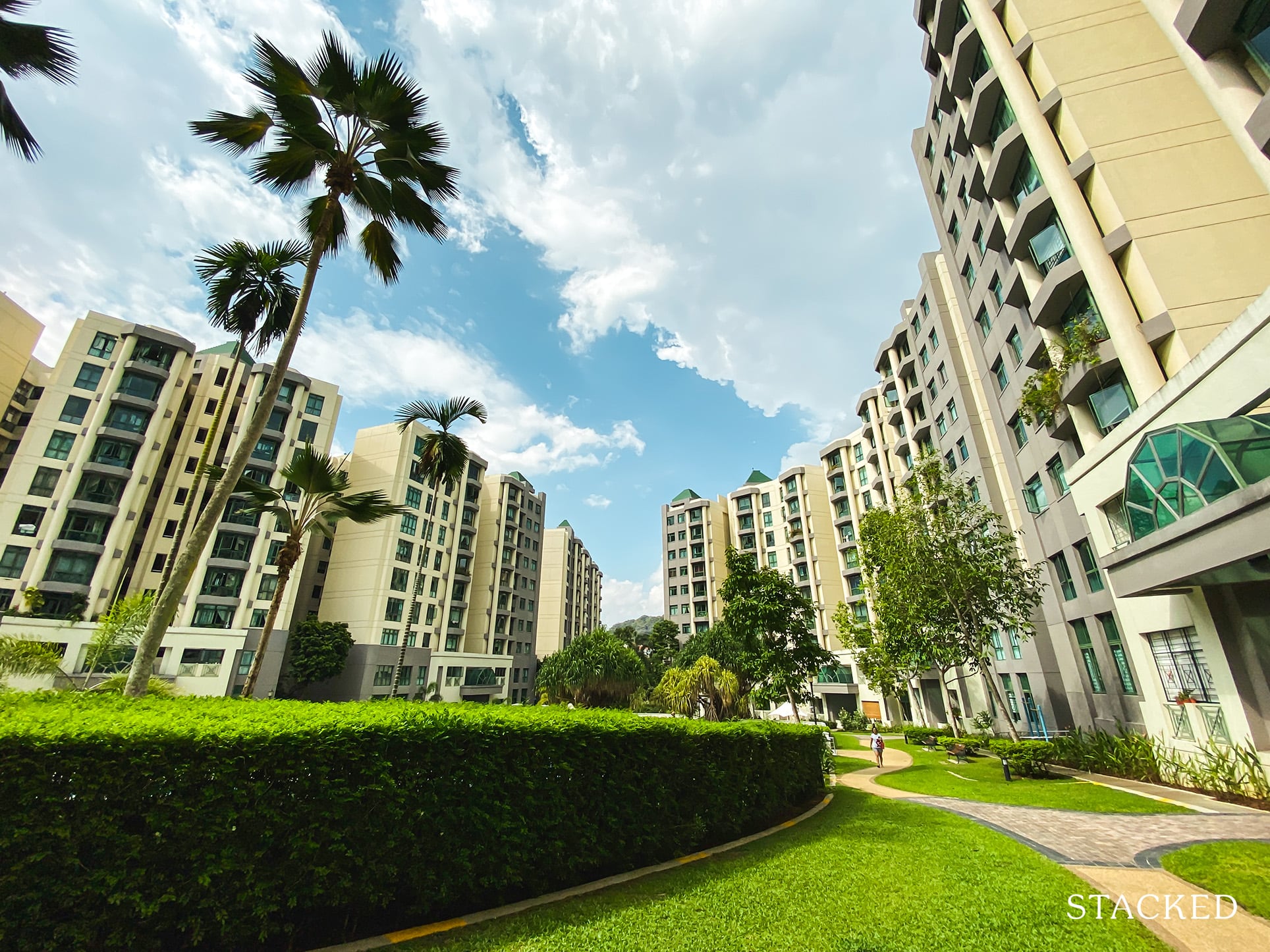
Property Investment Insights These Resale Condos In Singapore Were The Top Performers In 2025 — And Not All Were Obvious Winners

Singapore Property News CapitaLand–UOL’s $1.5 Billion Hougang Central Bid May Put Future Prices Above $2,500 PSF
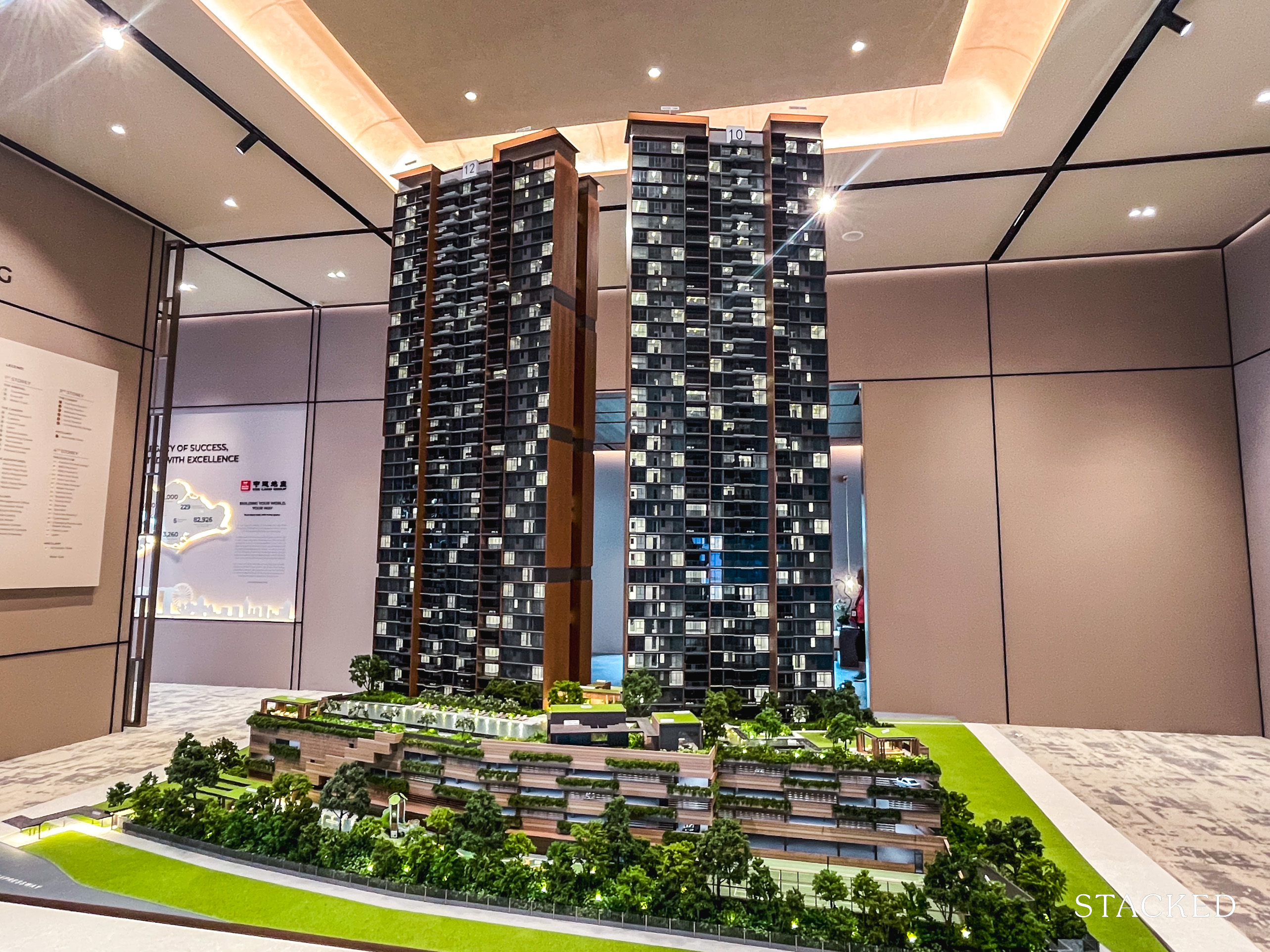
Singapore Property News Why New Condo Sales Fell 87% In November (And Why It’s Not a Red Flag)

Pro How A 944-Unit Mega-Condo In Pasir Ris Ended Up Beating The Market
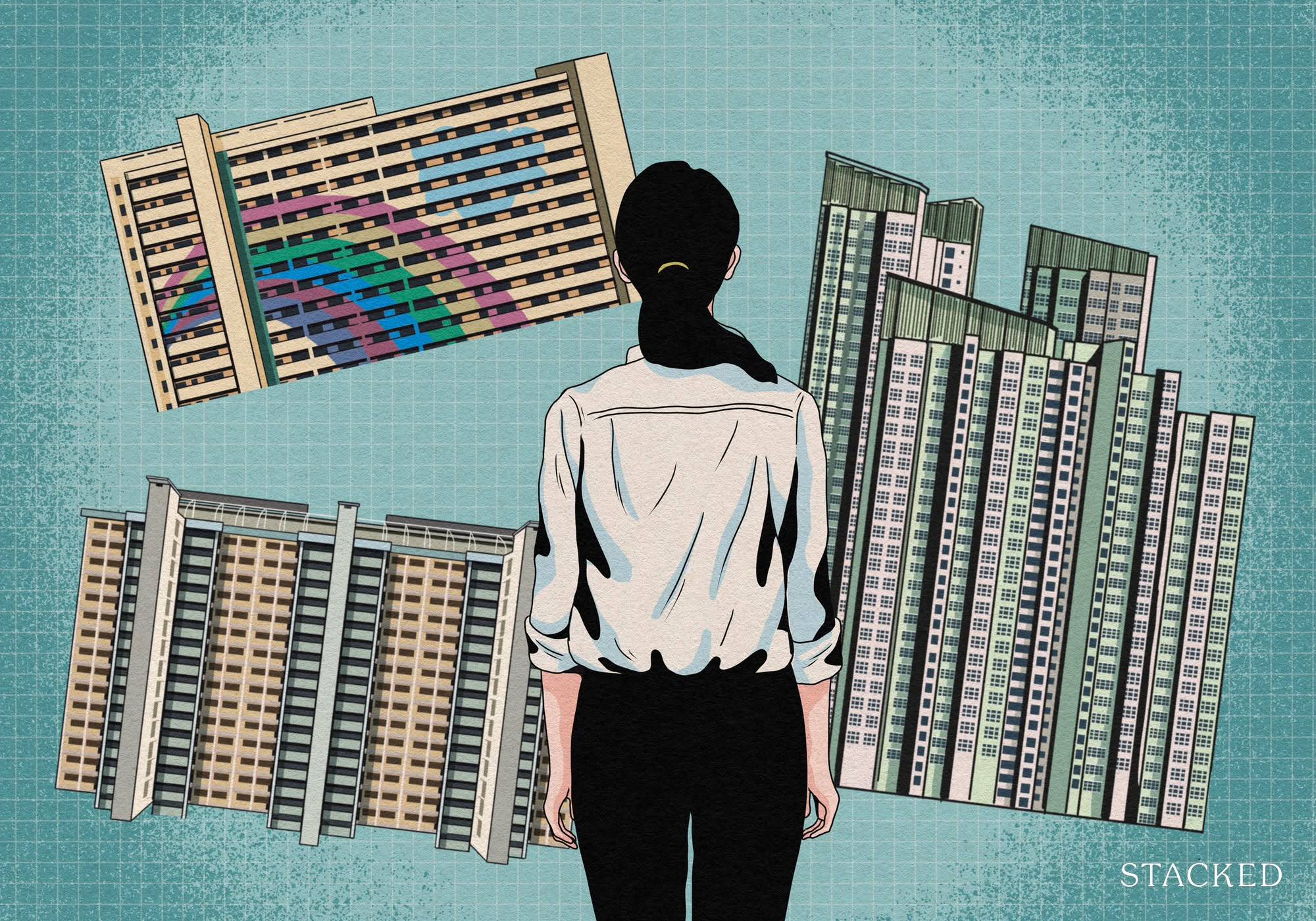
Property Investment Insights What Changed In Singapore’s Property Market In 2025 — And Why It Matters
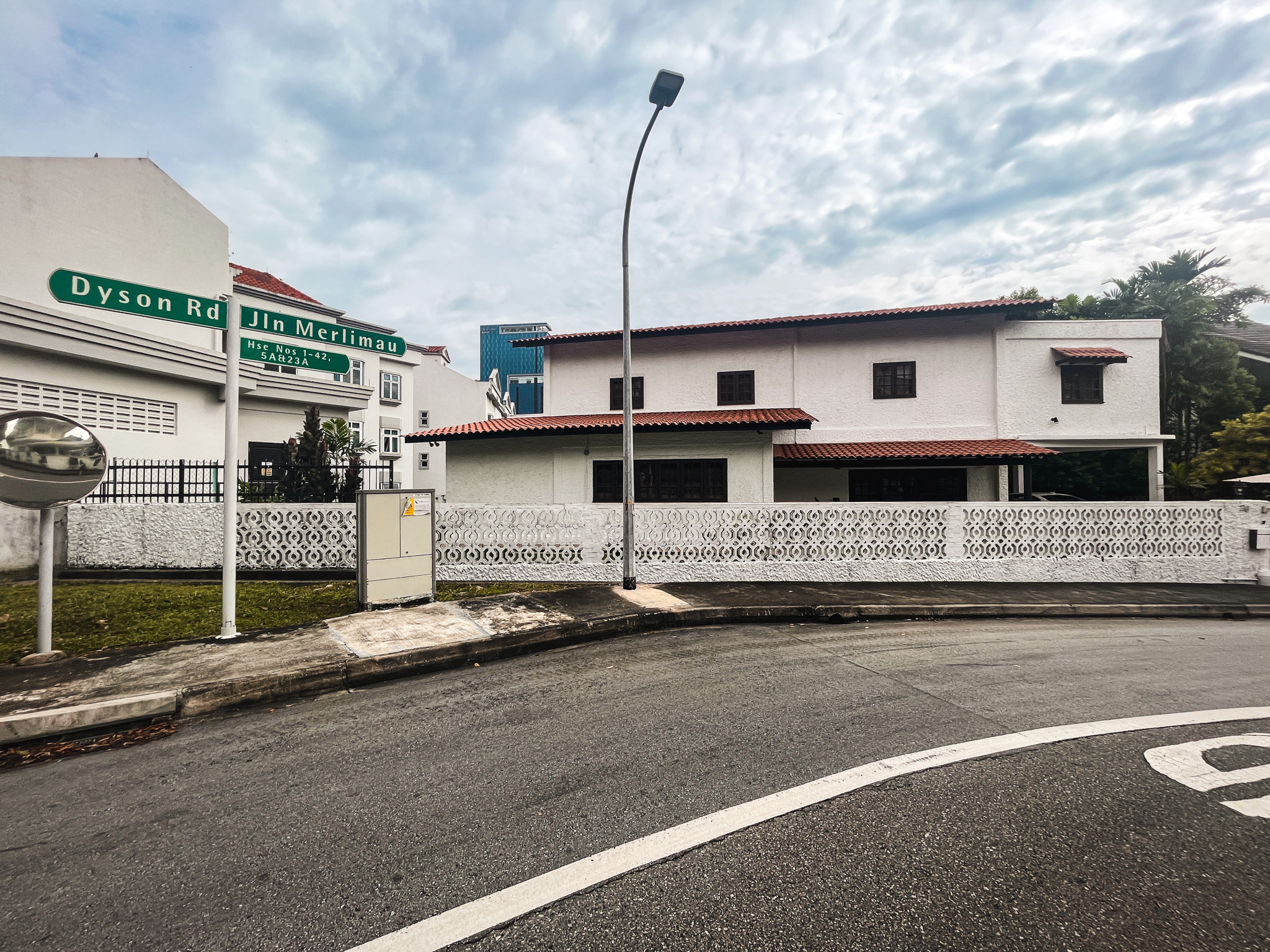
Editor's Pick We Toured A Quiet Freehold Landed Area Near Reputable Schools — Where Owners Rarely Sell

Singapore Property News How Much Smaller Can Singapore Homes Get?

Editor's Pick The Biggest Mistake Singaporeans Make When Analysing Overseas Property

Pro How Much More Should You Really Pay for a Higher Floor or Sea View Condo?
